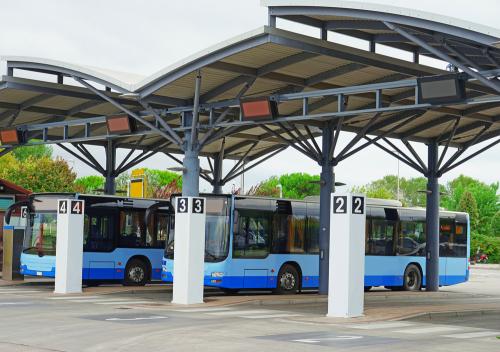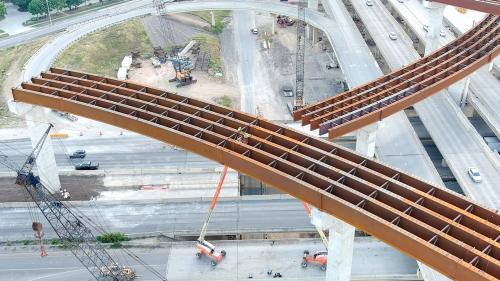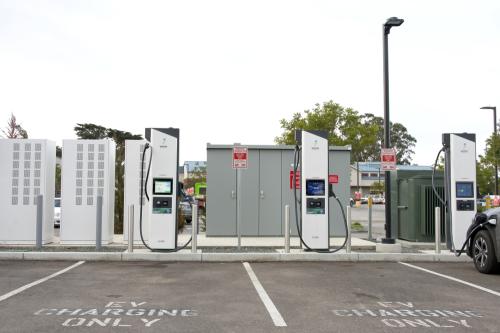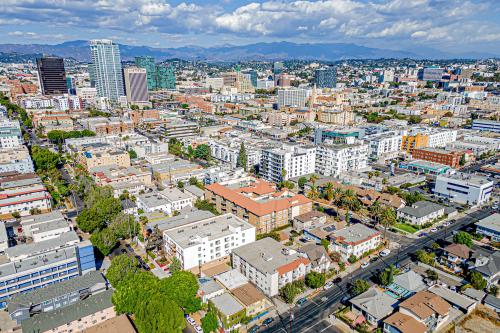This paper was produced under a joint AEI-Brookings project.
Advanced nations in other parts of the world have increasingly privatized commercial airports via sale or public-private partnerships (P3s). According to the Airports Council International, 75% of passengers in Europe use privatized airports, 66% in Latin America, and 47% in Asia-Pacific. However, in the United States, only one airport, in San Juan, Puerto Rico, has been successfully privatized.
Privatized airports were found to have more airlines, lower airfares, greater productivity, and overall greater passenger satisfaction. Many of these are also owned or operated by airport groups that benefit greatly from economies of scale, standardized practices, and training pipelines that enable talented managers from smaller regional airports to transition to larger international airports.
In 2018, Congress passed the Airport Investment Partnership Program, a law designed to ease regulations and encourage long-term P3 leases of commercial airports. It also allowed the proceeds from an airport P3 lease to be used for general government purposes, rather than limiting the funds to airport improvements. There were attempts at privatizing airports, such as the proposed 2019 lease of Lambert Field by the City of St. Louis, but these have all fallen through.
This paper by Robert Poole proposes two tax changes to increase airport privatization in the U.S.: removing the requirement that tax-exempt airport bonds be paid off before a change in control and allowing P3-leased airports to issue tax-exempt private activity bonds.
In most cases, the entire P3 lease payment in airport transactions is paid upfront, and in Europe and Latin America, the owner can expect to receive the gross value of the lease. In the U.S., however, airport owners are likely to receive considerably less, since the airport owner must pay off its outstanding tax-exempt bonds before ceding control. If debt repayment were not required, such P3 lease agreements could be a lot more attractive to airport owners (mostly city and county governments). The larger revenue windfall could then be used to cover other government costs, such as building otherwise-unfunded infrastructure, reducing government debt, or partly or fully funding the jurisdiction’s under-funded public employee pension system.
Federal officials generally oppose expansion of tax-exempt bonding. But since U.S. airports are already tax-exempt, and no airport privatizations are taking place, this proposal would not reduce federal tax revenue. Indeed, a new U.S. industry of for-profit airport operator/managers would become a new source of federal corporate income tax revenue. A similar result has already taken place in surface transportation, where more than $30 billion has been invested in P3 highway projects by the emerging P3 highway infrastructure industry, which pays federal corporate income taxes. These projects have been partially financed via tax-exempt private activity bonds, which have helped lead to this new taxpaying industry.
The Brookings Institution is committed to quality, independence, and impact.
We are supported by a diverse array of funders. In line with our values and policies, each Brookings publication represents the sole views of its author(s).








